
With Iranian cinema in the news after A Separation took home the prize for best foreign film at this year’s Oscars—and after last week’s announcement that, in Iran, the planned celebration of that win had been cancelled by government authorities—LightBox takes an opportunity to revisit a 2007 project by Stefano de Luigi, in which he went behind the scenes to document the country’s filmmakers. These works, taken from the larger project Cinema Mundi, have until now never been published in North America.
At this year Oscars, there was no more poignant speech delivered than the one by Asghar Farhadi, Iranian director of the film A Separation, which won the prize for Best Foreign Language Film. “At this time many Iranians all over the world are watching us and I imagine them to be very happy,” said Farhadi, the writer and director of the film. “They are happy not just because of an important award or a film or a filmmaker, but because at the time when talk of war, intimidation and aggression is exchanged between politicians, the name of their country, Iran, is spoken here through her glorious culture. A rich and ancient culture that has been under the heavy dust of politics.”
Amid the bluster of Washington neo-conservatives, hawks in Tel Aviv and messianic diehards in Tehran, Farhadi stood out, a voice of reason, a voice of art. His film is hardly propaganda: it deals with the travails of a middle class family in Tehran, which is torn apart by the desire of one member to escape what seems to be the shackling, limiting conditions of life in the Islamic Republic. Indeed, if anything belies the demagogic sheen of Iran’s image in the West, it is the irrepressible sophistication and class of Iranian cinema. Veteran filmmakers like Mohsen Makhmalbaf and Abbas Kiarastomi grace Cannes and are adored by cognoscenti the world over. In an era of 3D blockbusters and faddish directors, Iran’s cinema luminaries remain auteurs in an almost classical sense, the descendants of various New Waves that palpably reach back into the smoke-filled cafes of 1960s Rome and Paris.
The photographer Stefano de Luigi’s long-term project Cinema Mundi, which addresses changes to global cinema over the past decade, has taken him to filmmaking stories from around the world. His photographs from Iran are featured in the gallery above. The magic of Iranian cinema can transform stories of a missing goldfish or a wayward ostrich into profound allegories of faith, society and politics. Invariably, though, censors get in the way. Most recently, director Jafar Panahi was thrown into jail for his alleged collusion in the peaceful 2009 pro-democracy protests that rocked the powers that be in Tehran; his last film, Offside, related the struggles of a group of girls desperate to attend an Iranian national team soccer match—a spectacle from which they are barred under law. That awareness of a story suppressed, a “rich and ancient culture” under firm watch, suffuses much of Iranian film. It is up to the courage of its actors and artists to make sure the “dust of politics” that settles can be easily brushed off.
Stefano de Luigi is a Milan-based photographer represented by VII Photo Agency. See more of his work here.
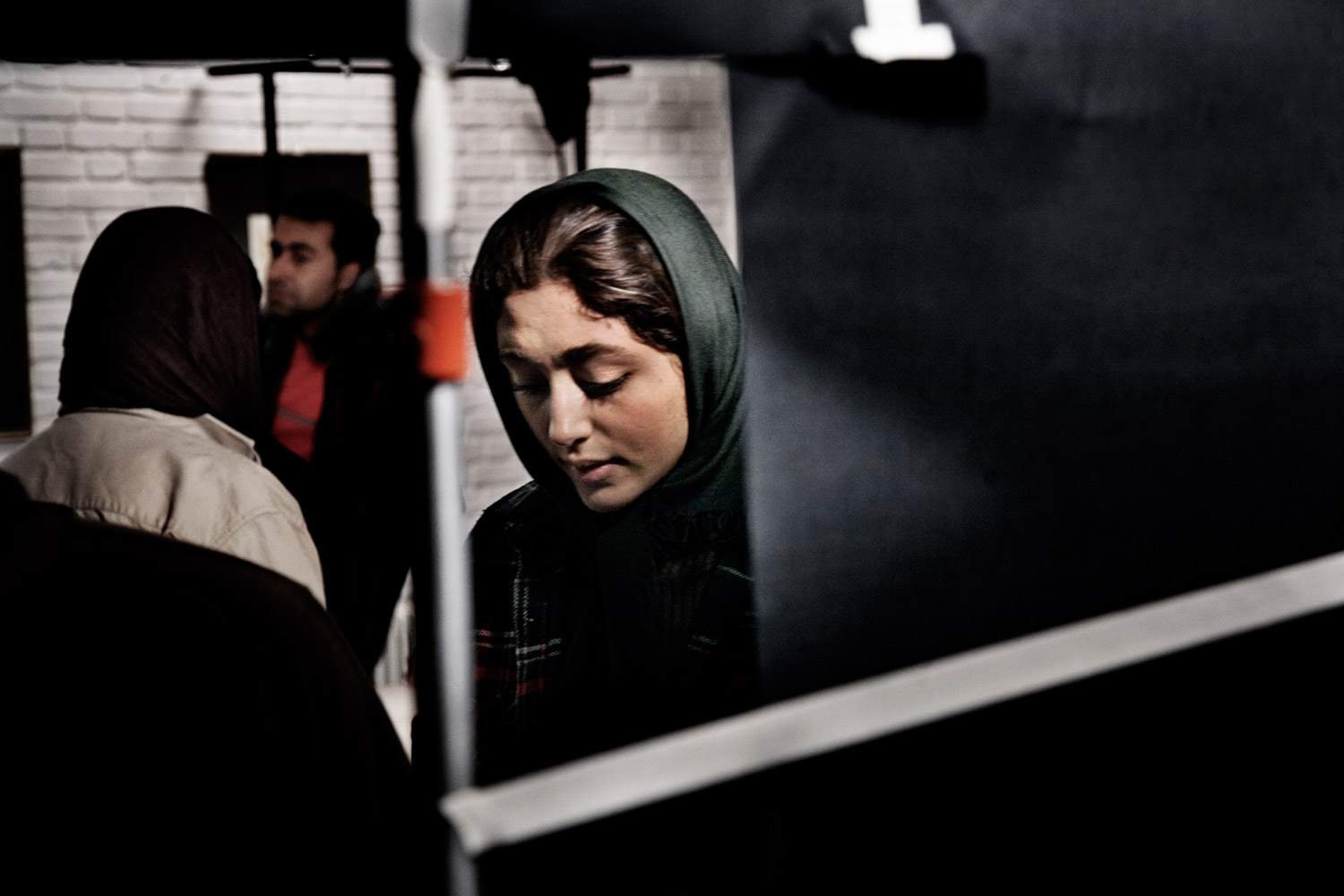
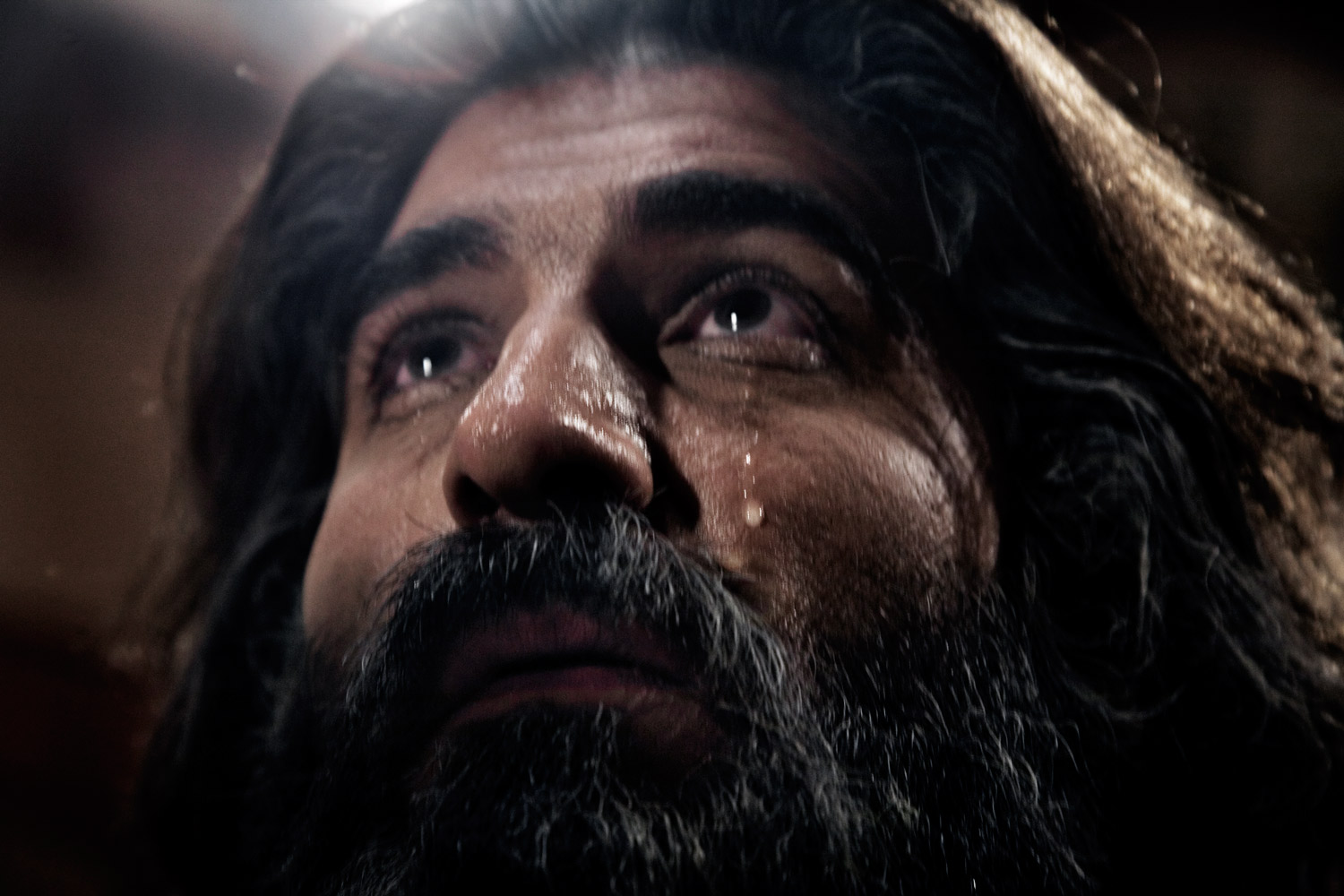
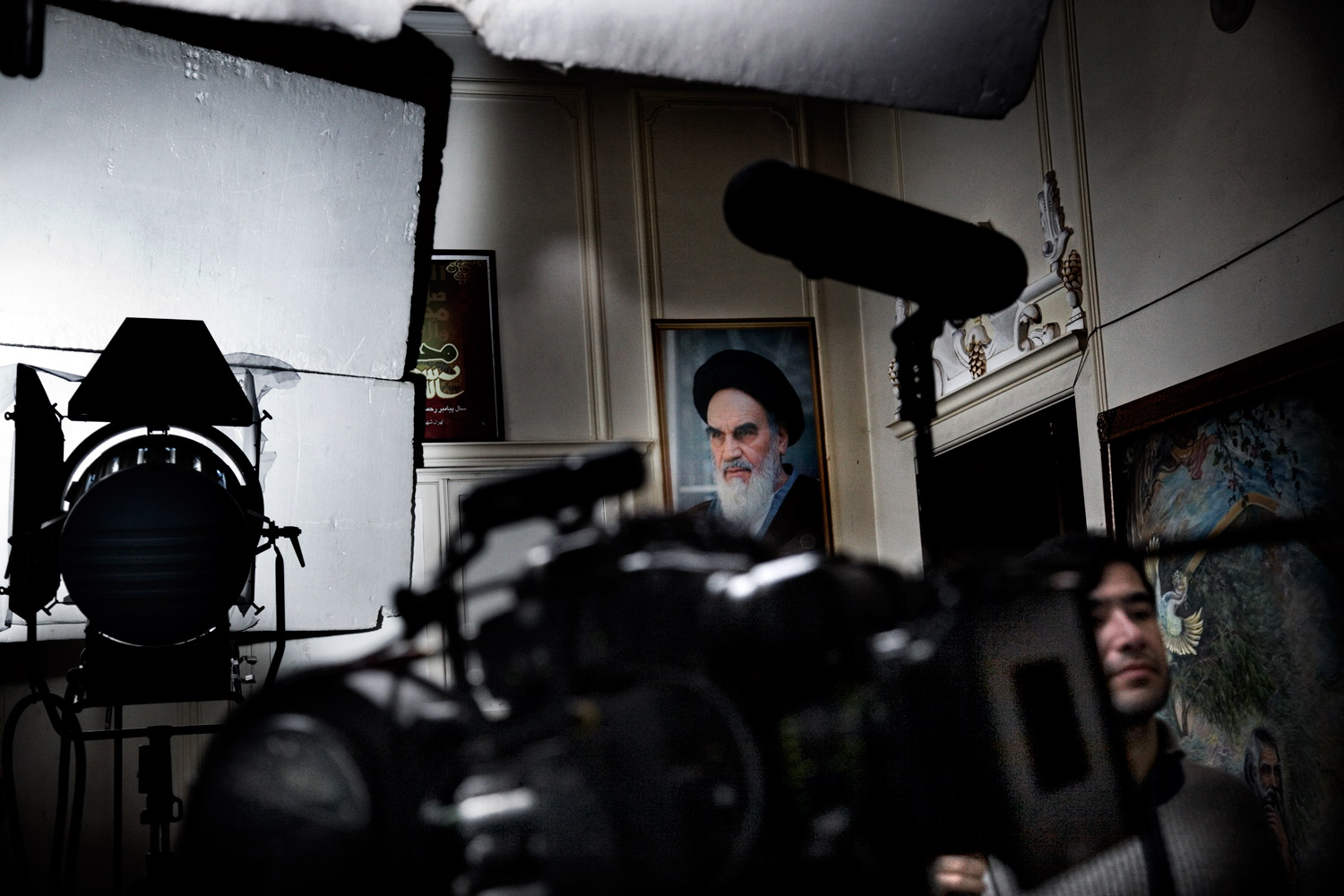
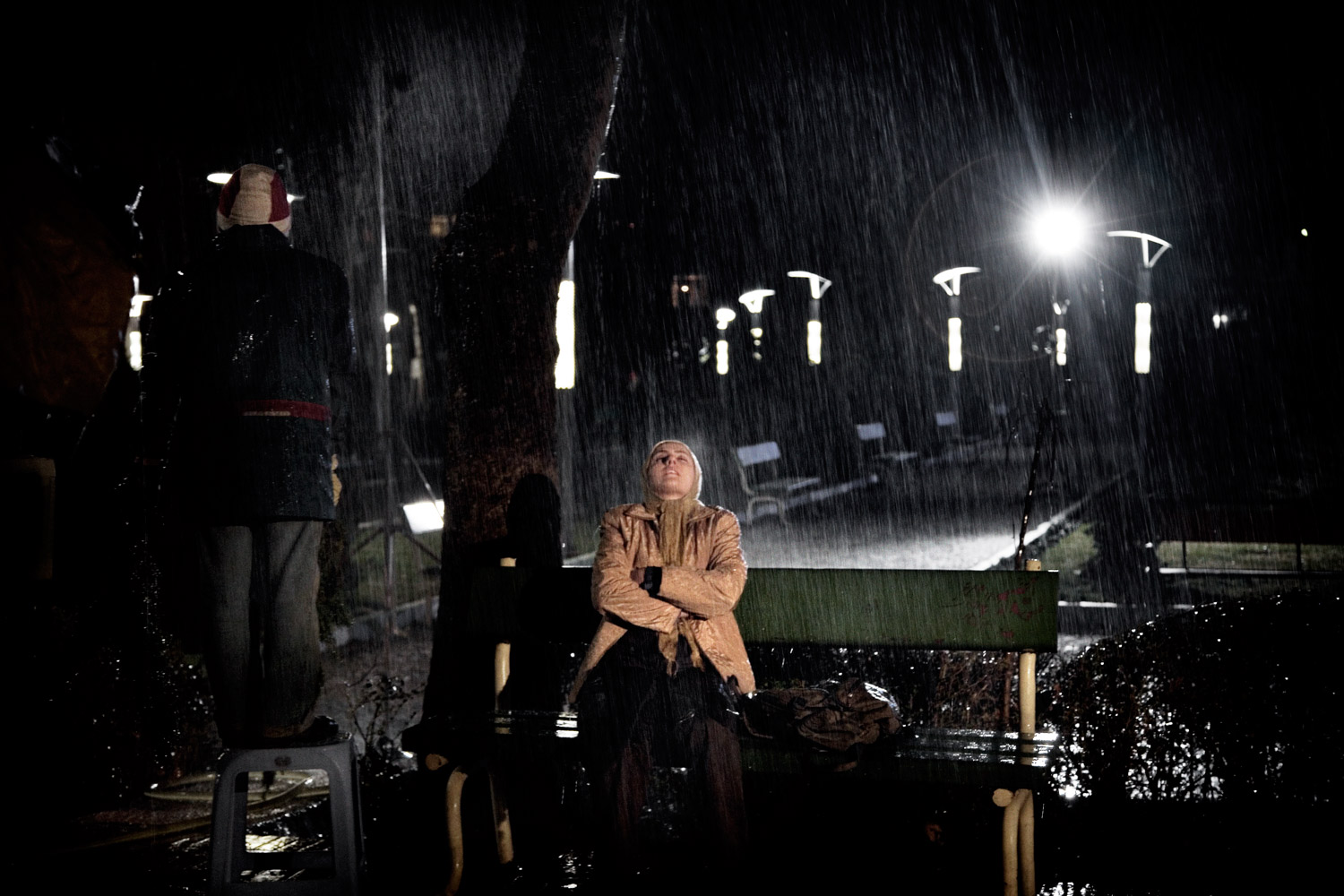
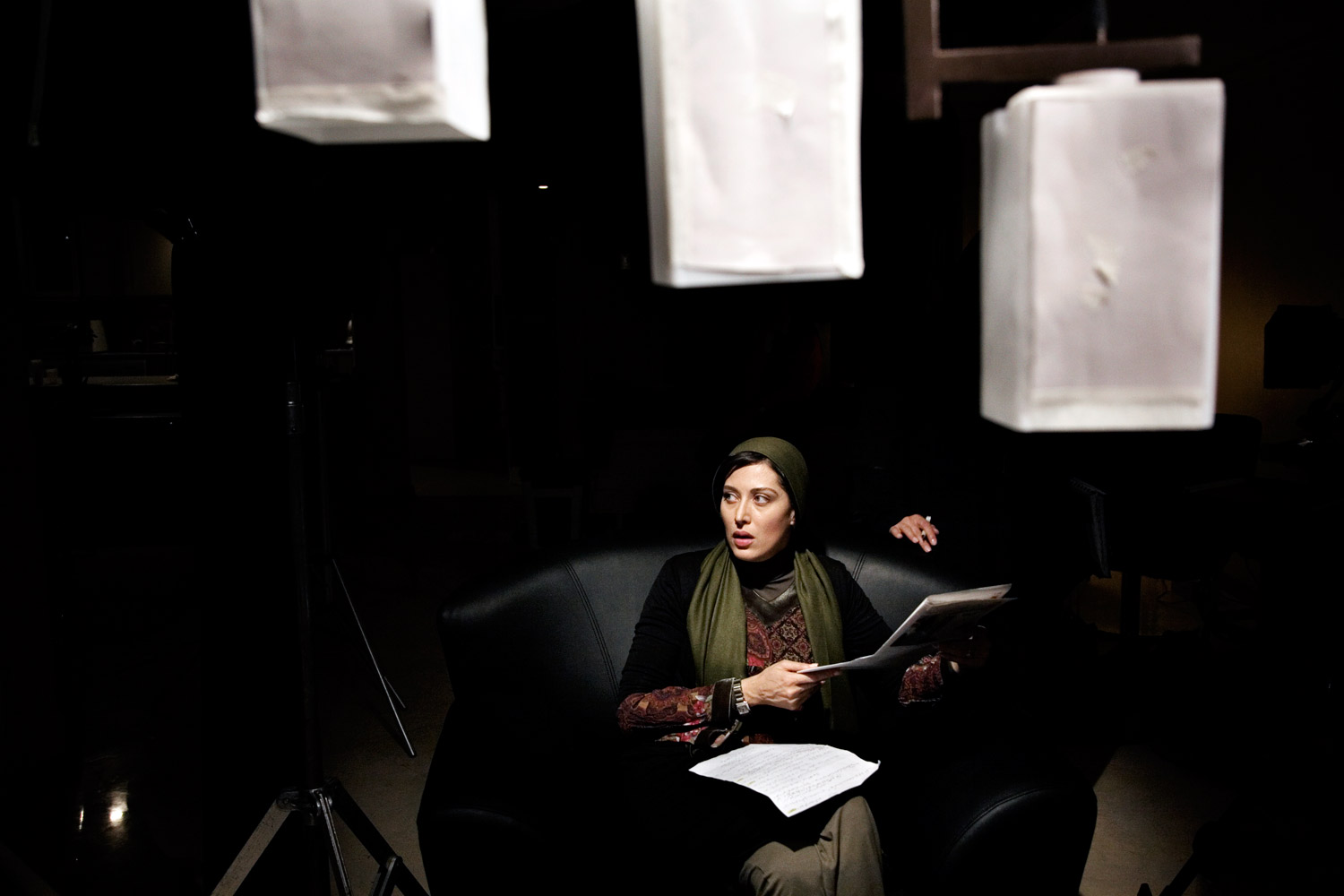

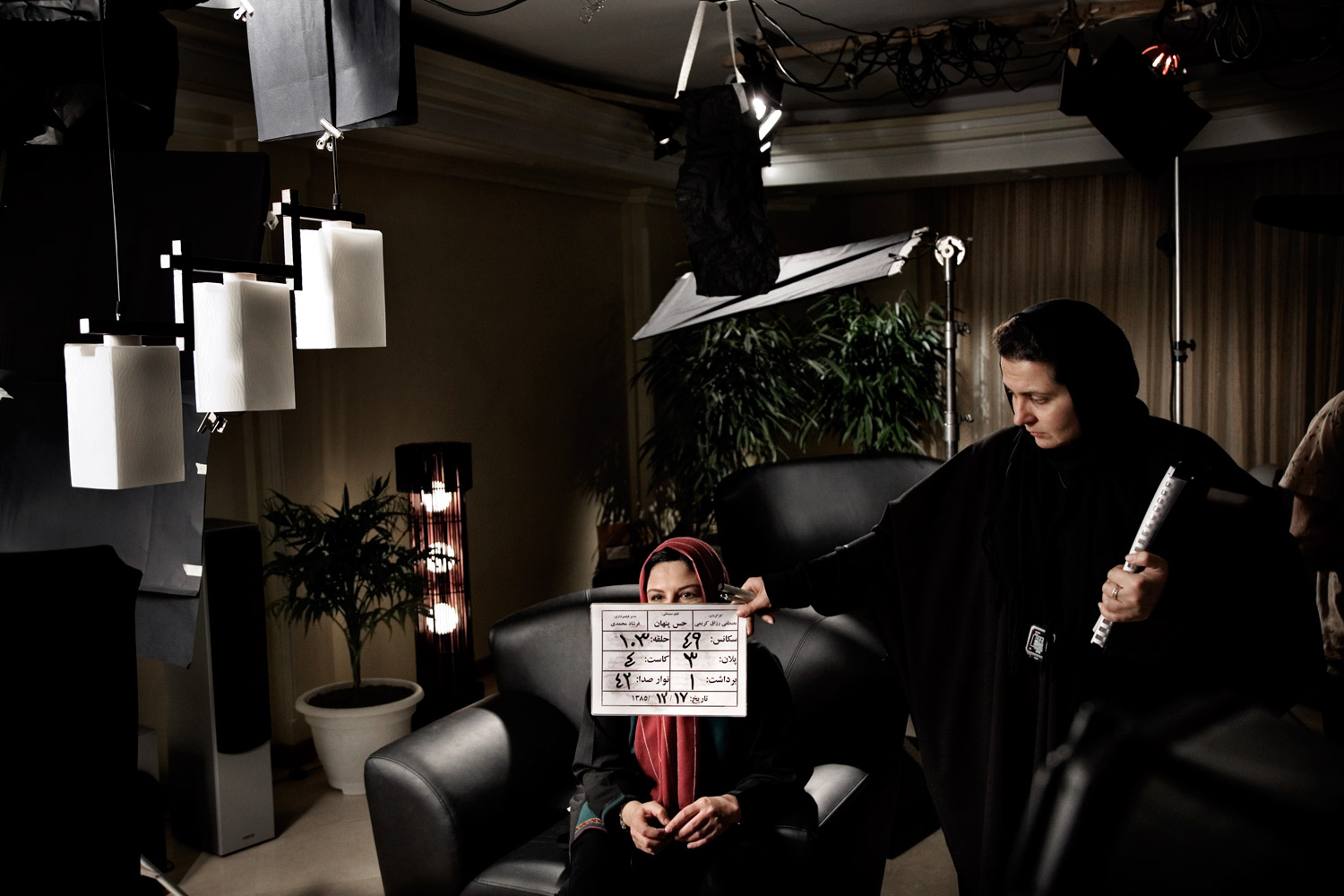
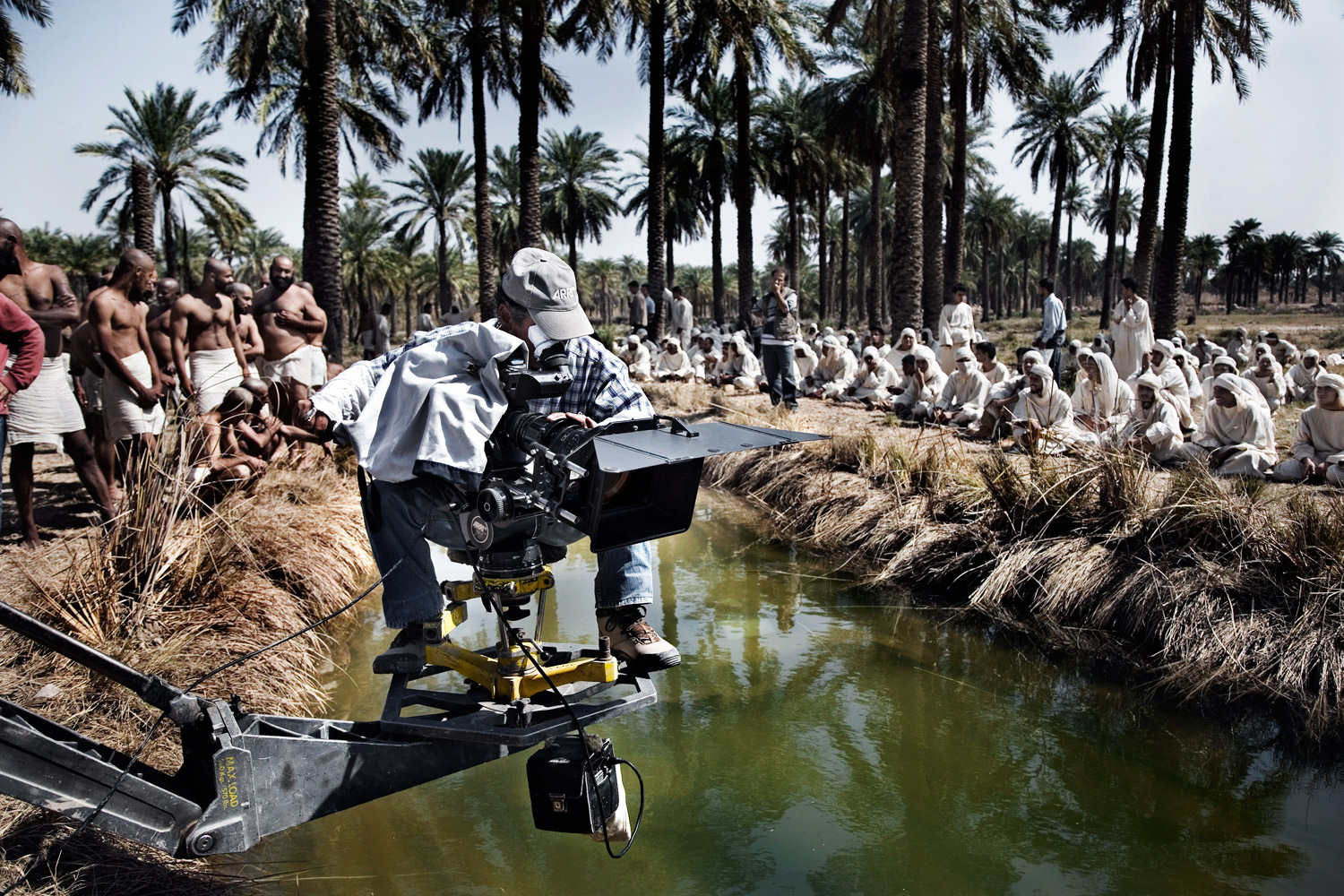
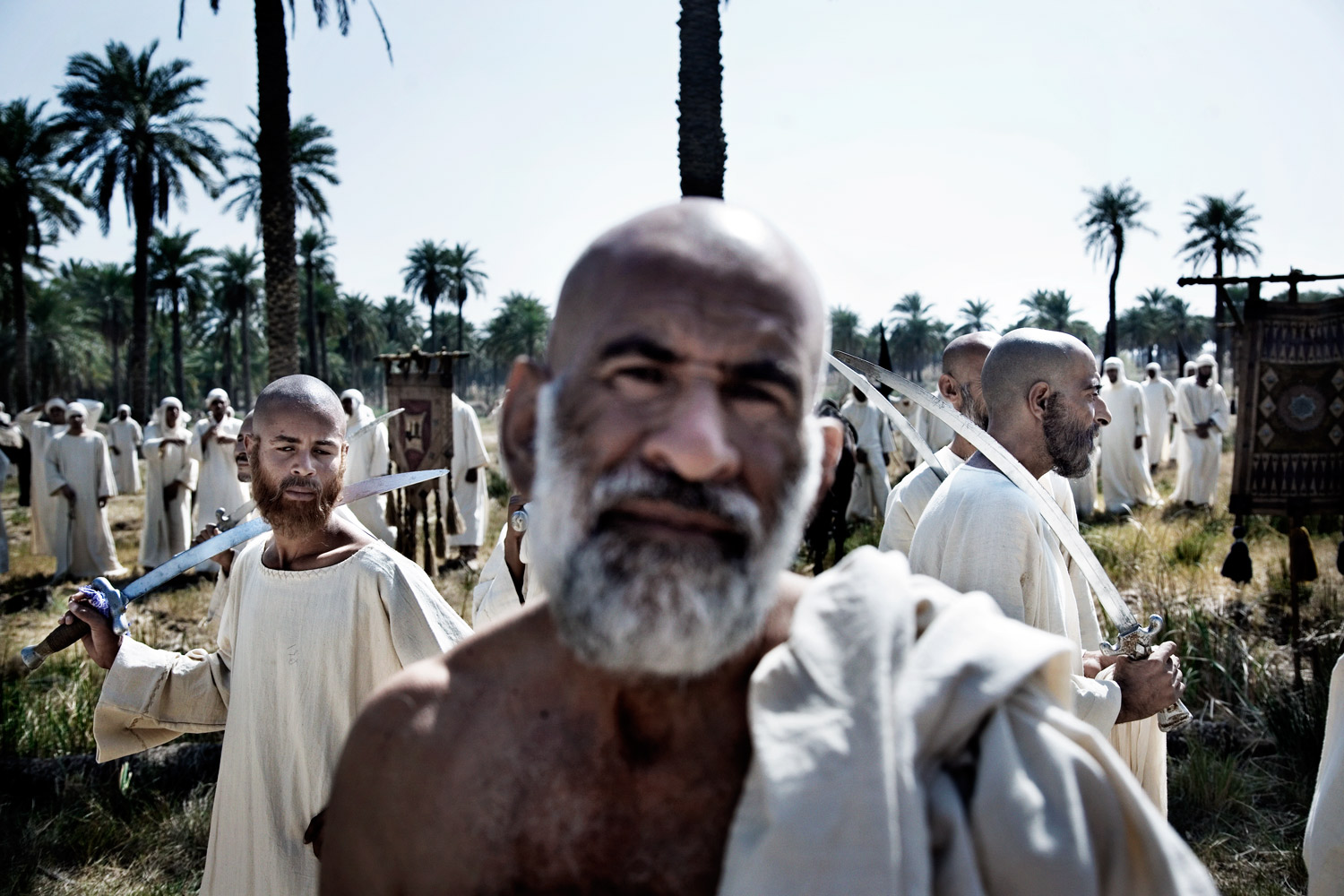
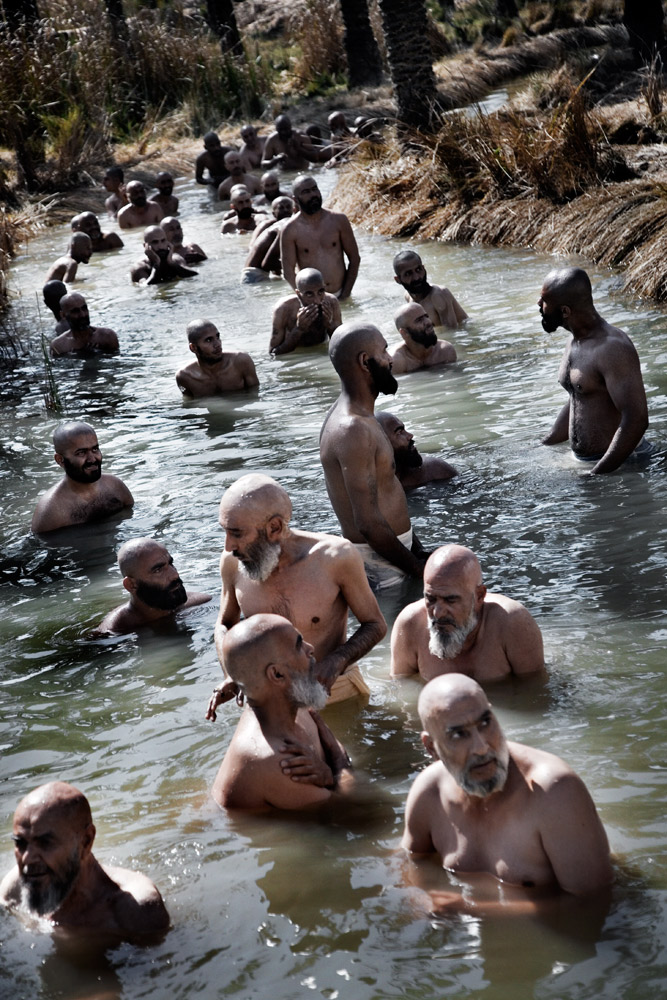
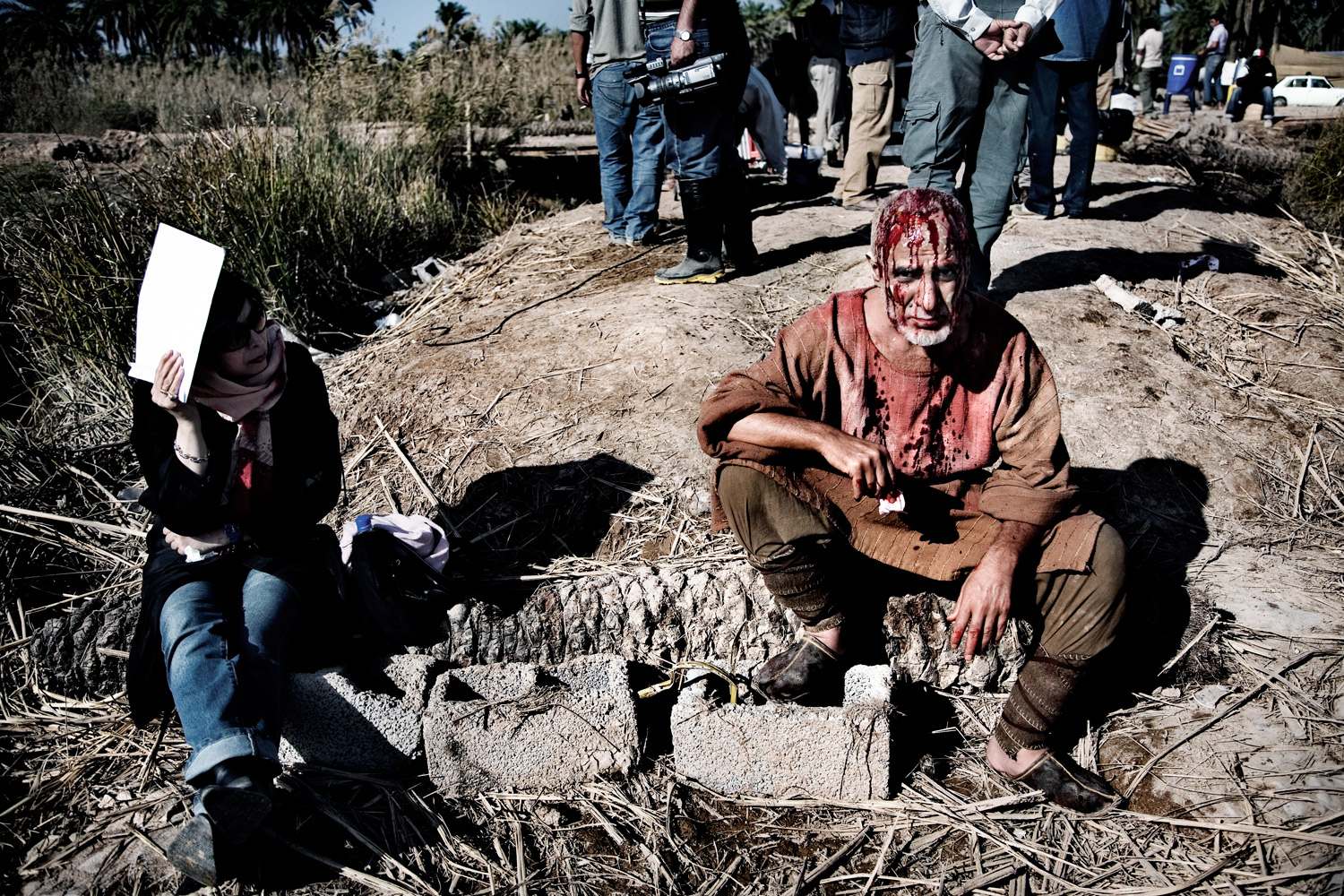

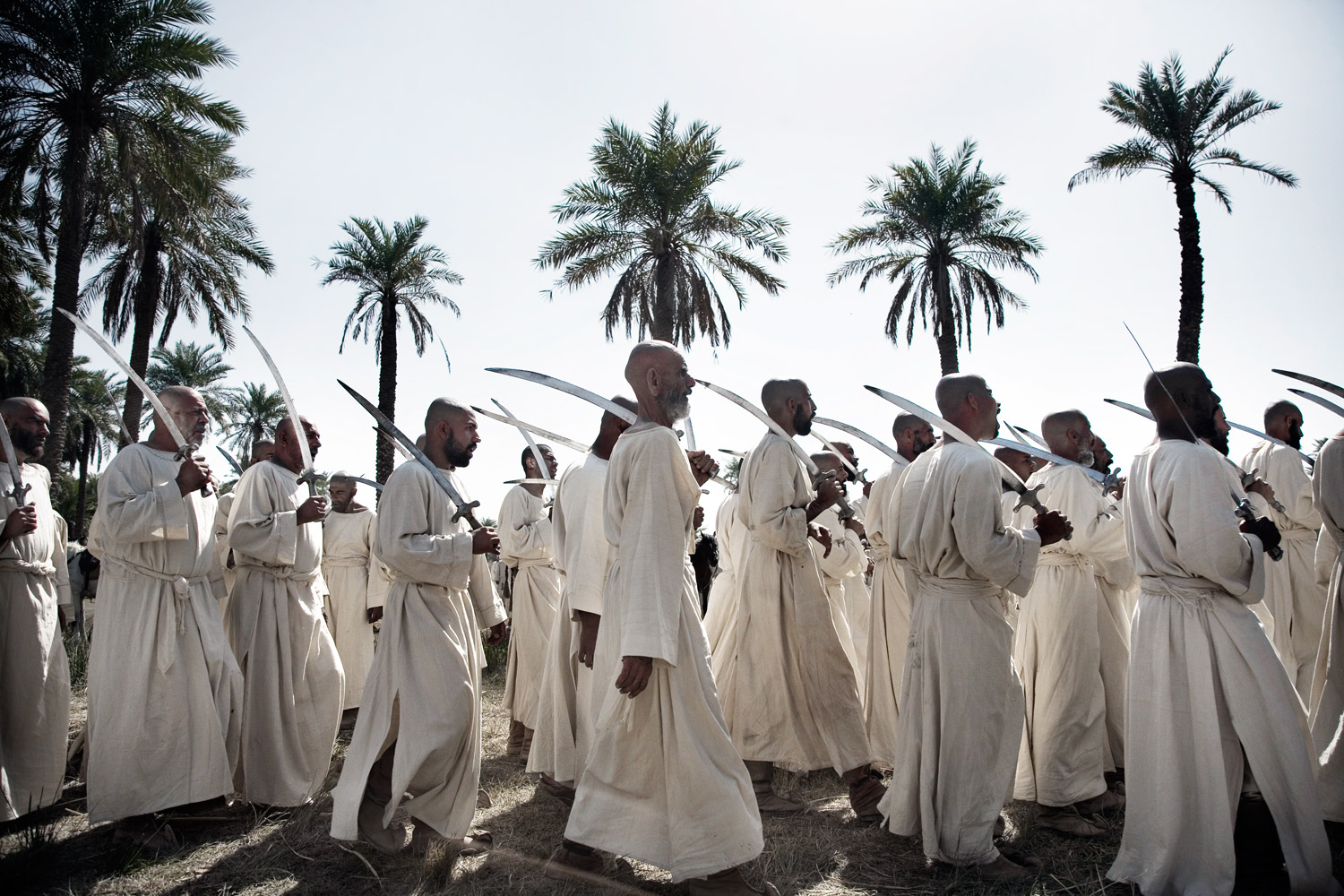
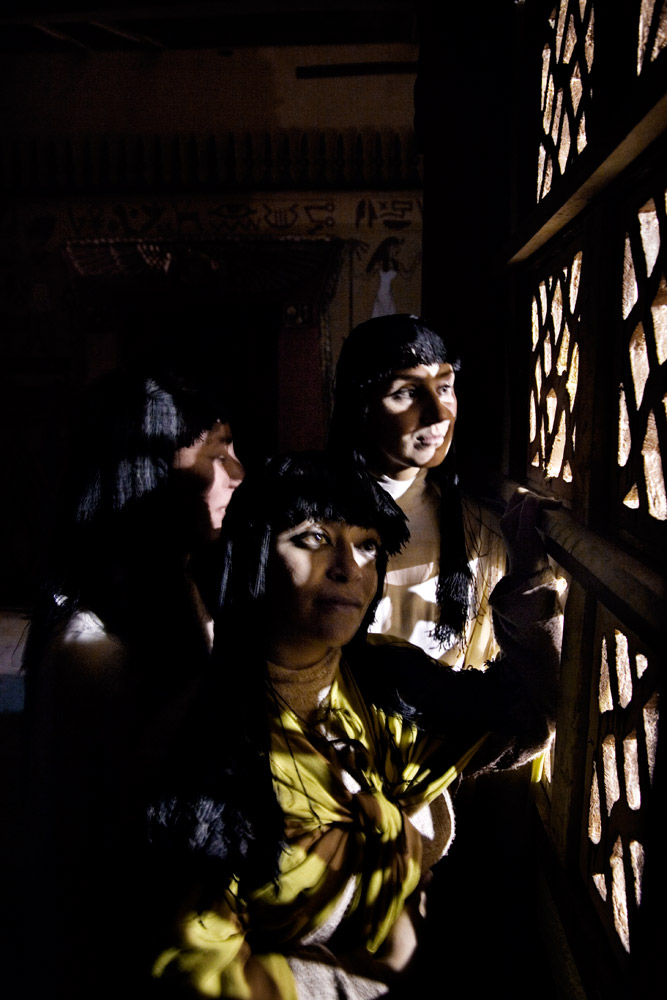
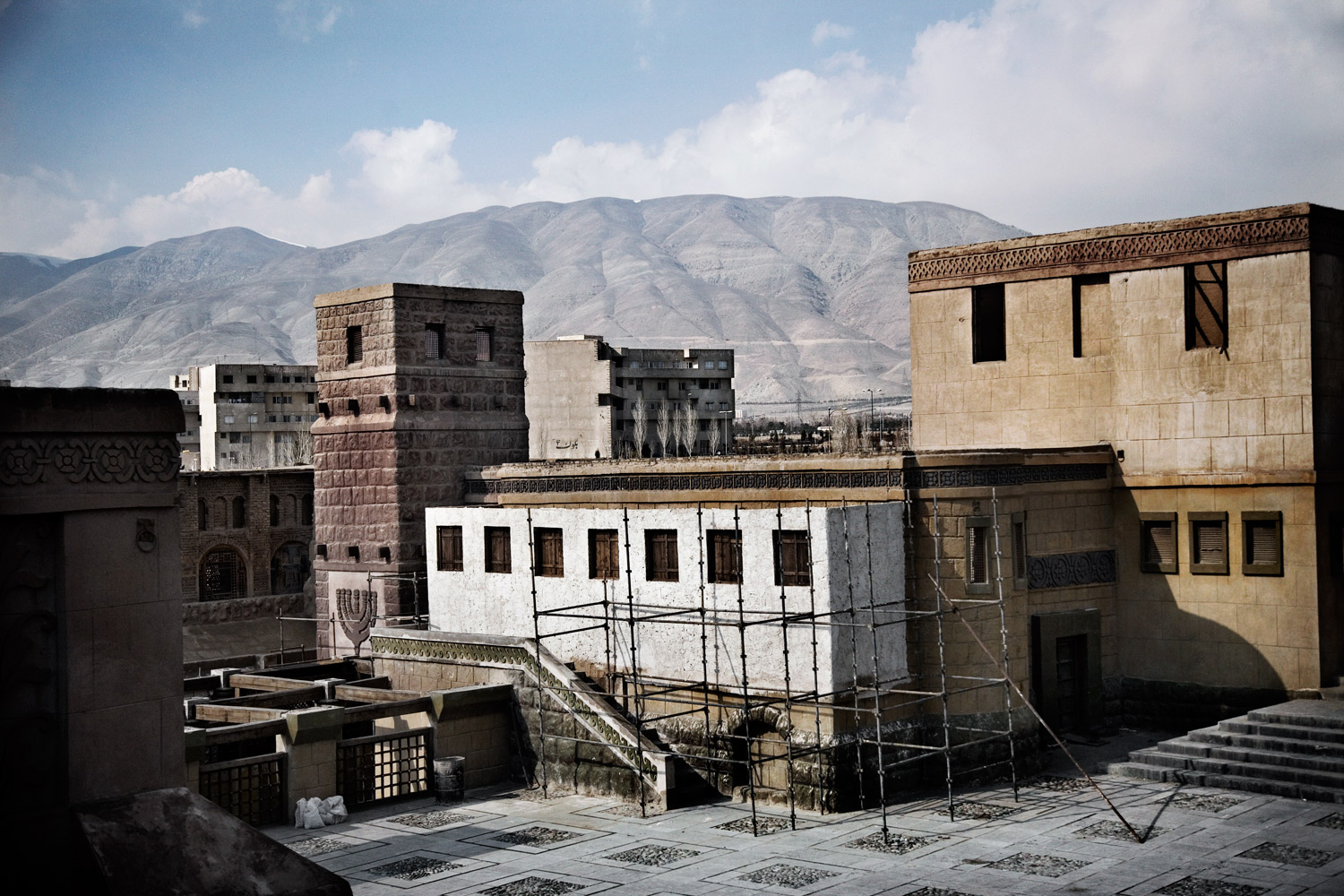
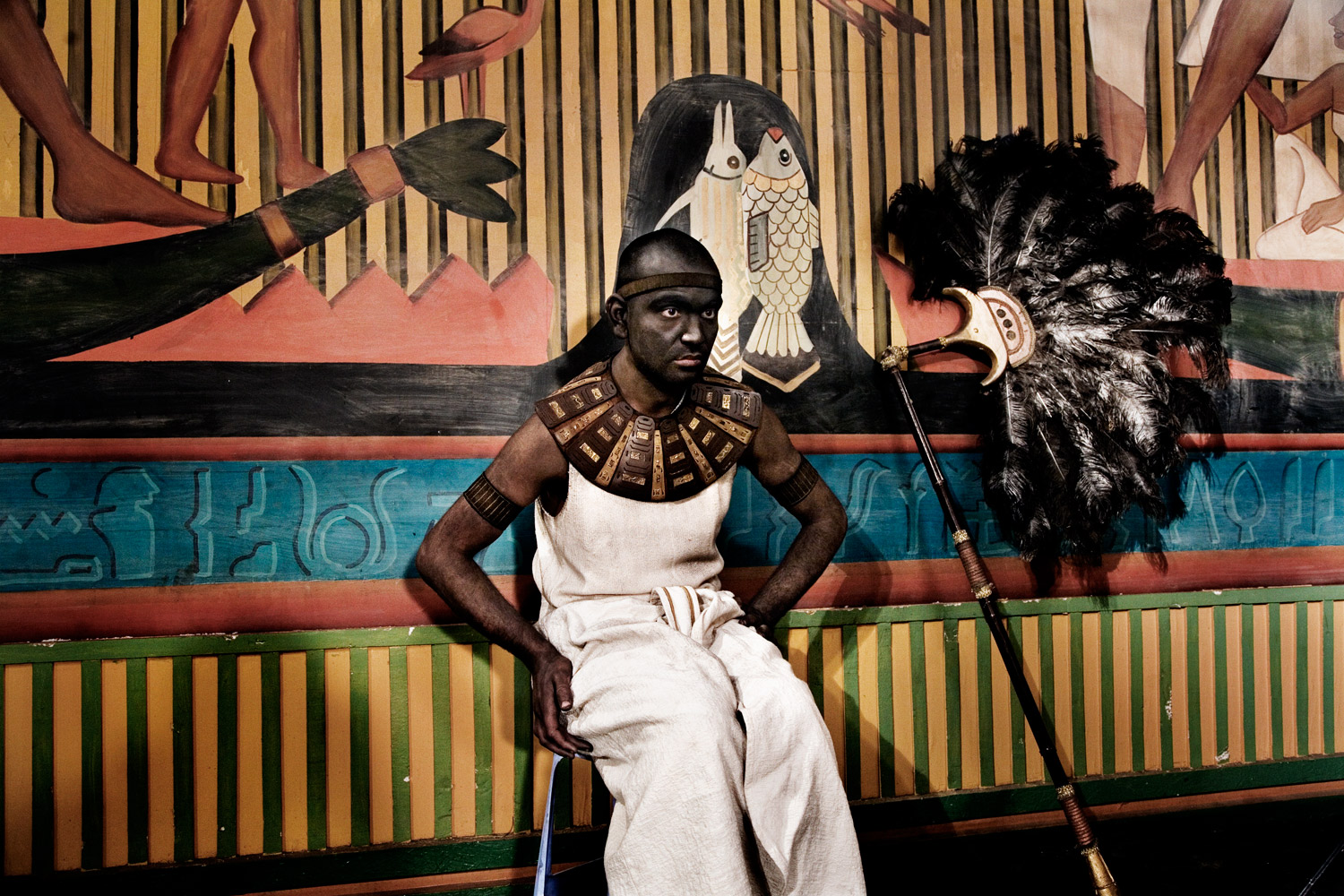



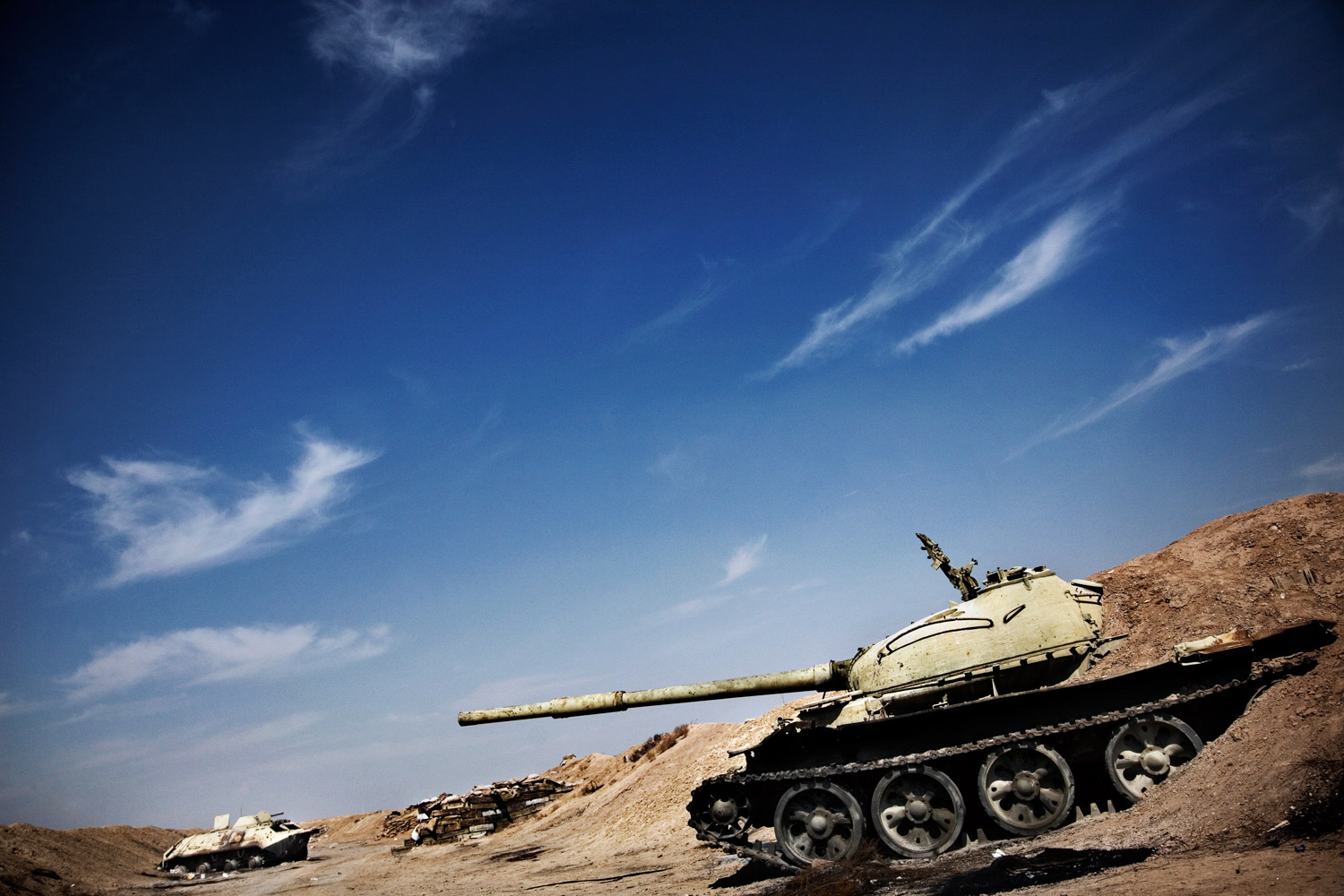


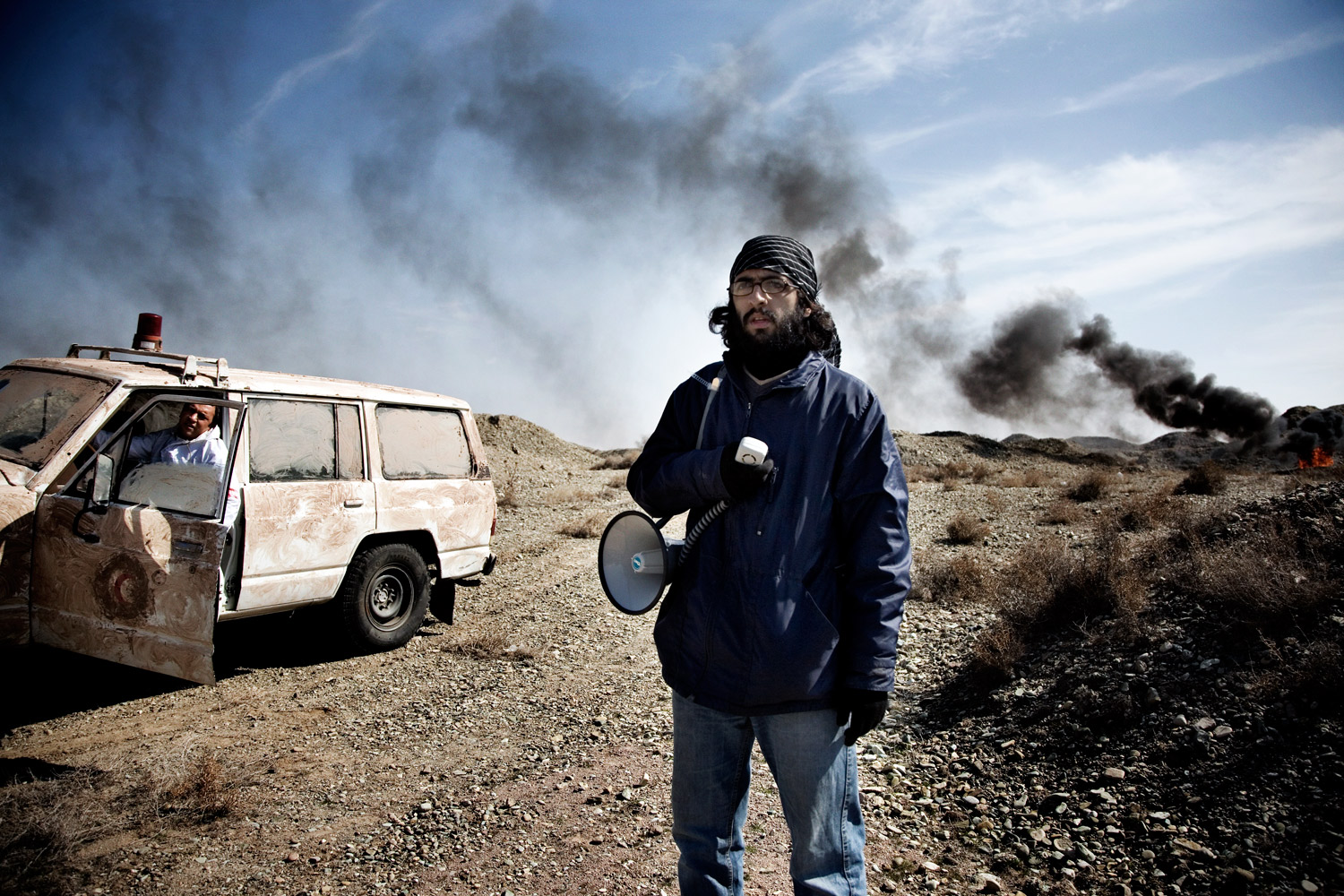
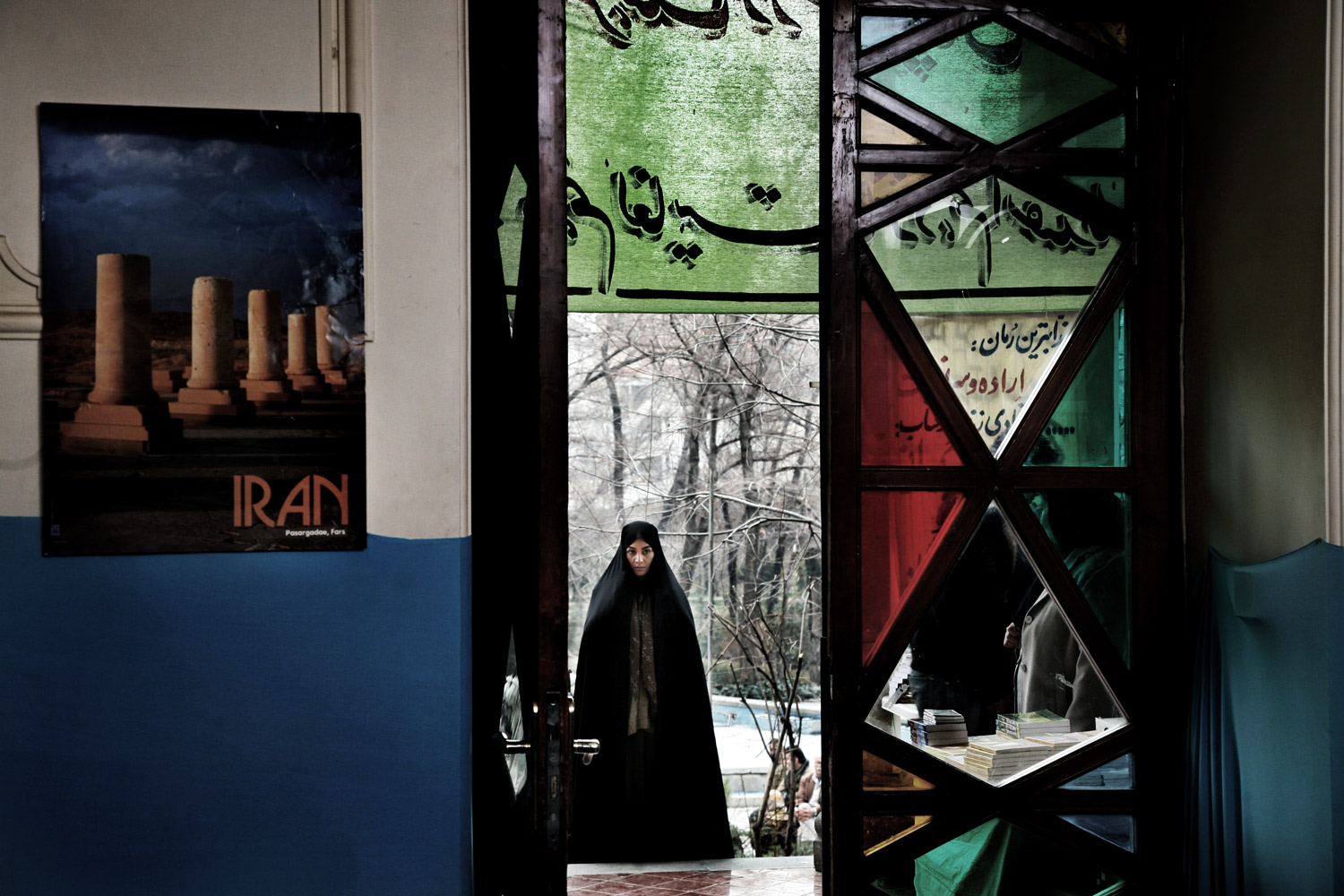



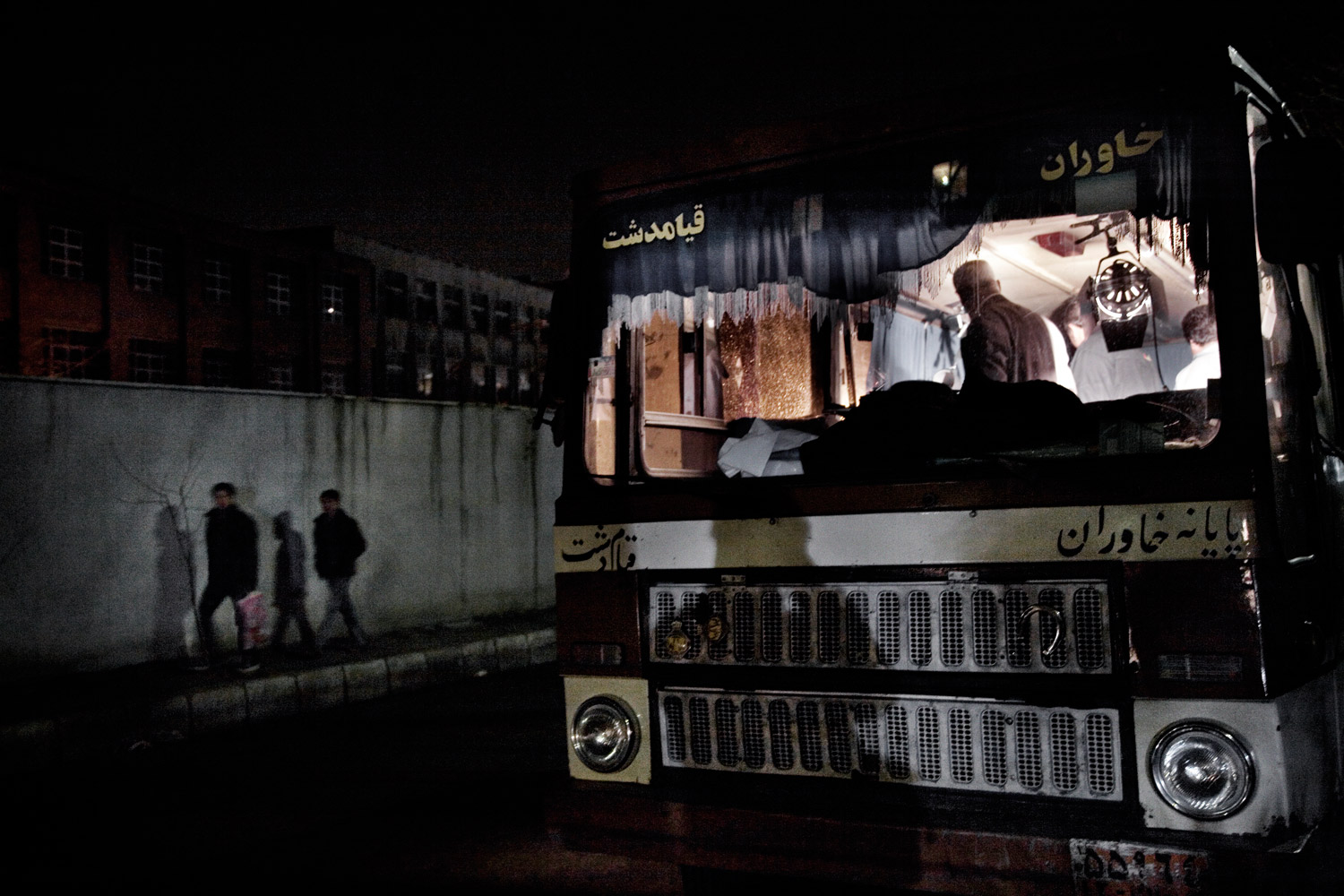
More Must-Reads from TIME
- Why Trump’s Message Worked on Latino Men
- What Trump’s Win Could Mean for Housing
- The 100 Must-Read Books of 2024
- Sleep Doctors Share the 1 Tip That’s Changed Their Lives
- Column: Let’s Bring Back Romance
- What It’s Like to Have Long COVID As a Kid
- FX’s Say Nothing Is the Must-Watch Political Thriller of 2024
- Merle Bombardieri Is Helping People Make the Baby Decision
Contact us at letters@time.com